A strong jet stream brought record-breaking rainfall and suppressed irradiance across eastern Australia this winter, while stable high pressure in the Tasman Sea allowed southern regions – especially South Australia, Victoria and Tasmania – to outperform climatological averages.
According to analysis using the Solcast API, most of New South Wales (NSW) and coastal Queensland recorded negative irradiance anomalies for the season, while Tasmania and southern Victoria saw significant solar gains.

NSW and coastal Queensland began winter on a positive note, with irradiance levels around 20% above average in June. However, this early boost was quickly eroded as atmospheric conditions reversed. July saw irradiance drop by around 20%, and in August, anomalies will reach -30% across large parts of the region. For the winter season, these declines will result in a net irradiance deficit close to 20% below climatology.
While the Bureau of Meteorology’s seasonal outlook had forecast warmer-than-average temperatures and above-average rainfall primarily for Australia’s interior, the actual pattern was far more extreme on the east coast. Daytime temperatures remained slightly above average, but night-time lows were cooler than expected. Rainfall was especially heavy, with Sydney recording its wettest year to date and August delivering record rainfall totals across NSW.
This excess rainfall and cloudiness are consistent with elevated sea surface temperatures, which also supported a persistent high-pressure system in the lower Tasman Sea. This continually drove moisture onshore, as seen from the satellite imagery from mid-August showing heavy cloud cover over NSW and clearer skies over South Australia.

By contrast, Victoria, Tasmania and South Australia experienced a continuation of autumn’s favourable irradiance conditions. Tasmania recorded anomalies of up to +20%, while parts of Victoria exceeded +30% in August alone.
The mid-latitude westerlies were displaced further south, allowing fewer cold fronts to reach the region. At the same time, stronger-than-usual pre-frontal northerly winds brought in dry continental air, suppressing cloud formation and boosting irradiance. Adelaide, Hobart and Melbourne all outperformed historical averages for winter irradiance, significantly driven by sunny conditions in August.




In the north and west, solar conditions were more mixed. The Northern Territory and northern Western Australia (WA) generally saw irradiance 10% above average. WA began the season strongly, echoing the east coast’s sunny June, but August brought a turnaround. Much of WA ended winter with irradiance anomalies 20% below normal, particularly in the southwest. Similar to the eastern states, elevated sea surface temperatures likely contributed to higher rainfall and cloud cover during the latter part of the season.
Solcast produces these figures by tracking clouds and aerosols at 1-2km resolution globally, using satellite data and proprietary AI/ML algorithms. This data is used to drive irradiance models, enabling Solcast to calculate irradiance at high resolution, with typical bias of less than 2%, and also cloud-tracking forecasts. This data is used by more than 350 companies managing over 300 GW of solar assets globally.
The views and opinions expressed in this article are the author’s own, and do not necessarily reflect those held by pv magazine.
This content is protected by copyright and may not be reused. If you want to cooperate with us and would like to reuse some of our content, please contact: editors@pv-magazine.com.
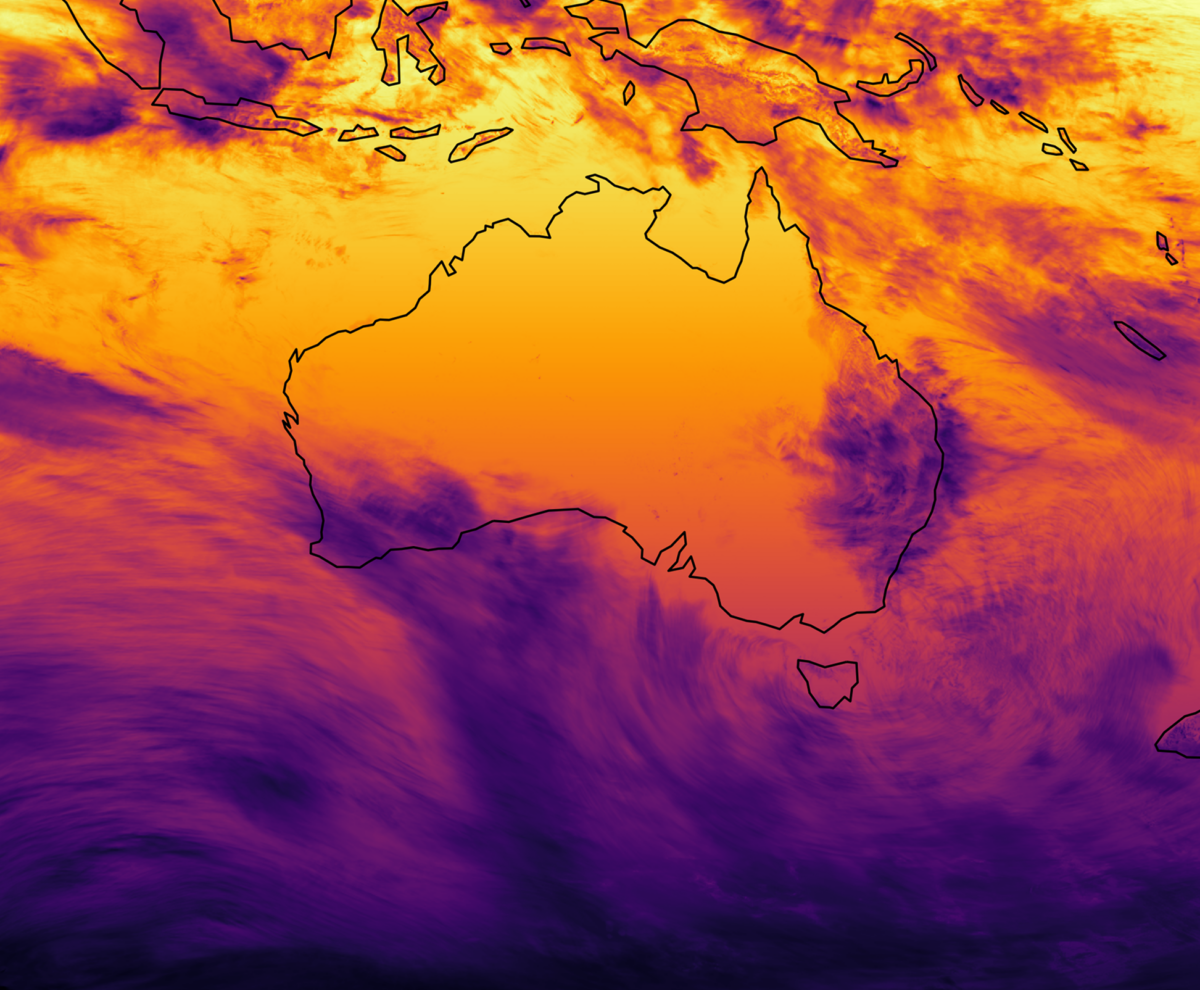
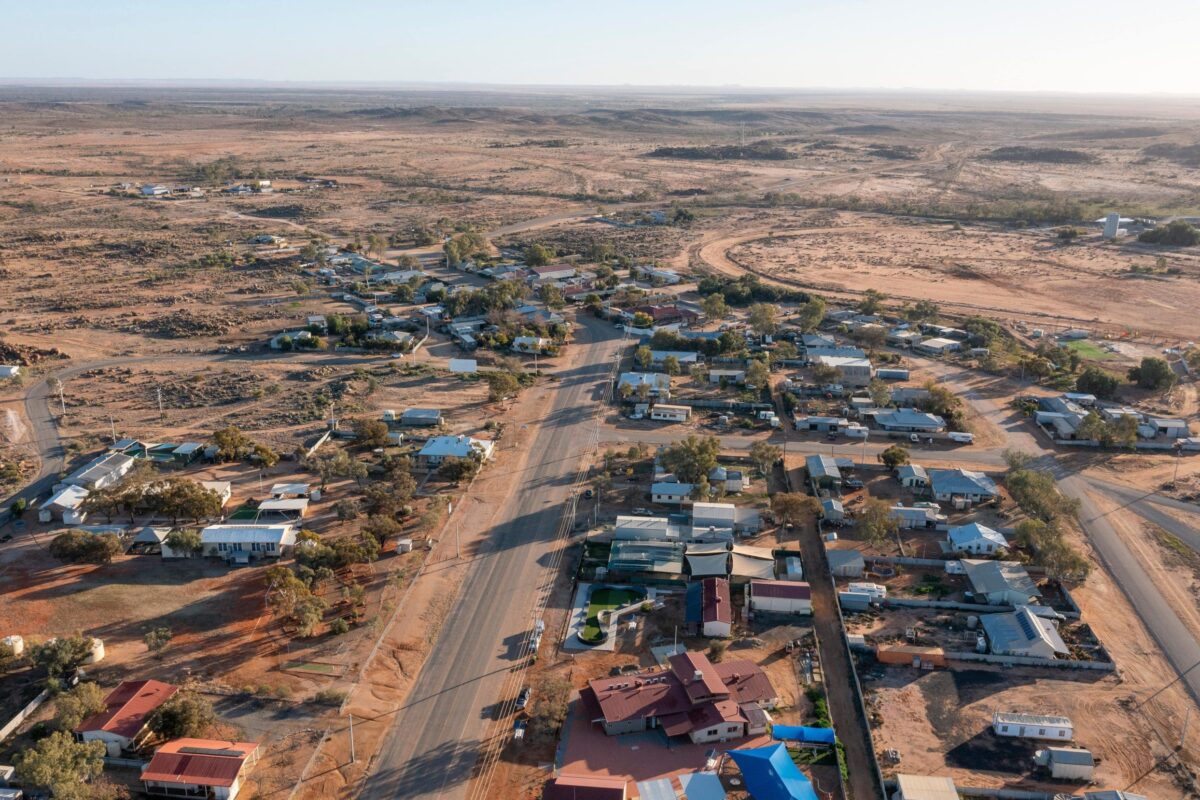

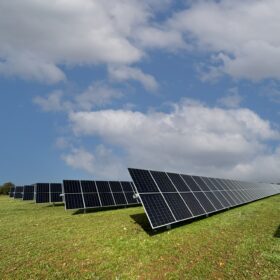
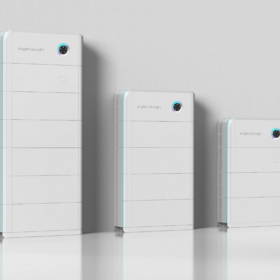

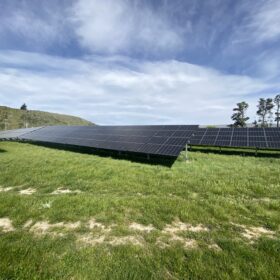
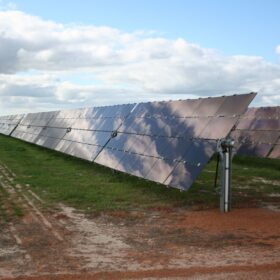
By submitting this form you agree to pv magazine using your data for the purposes of publishing your comment.
Your personal data will only be disclosed or otherwise transmitted to third parties for the purposes of spam filtering or if this is necessary for technical maintenance of the website. Any other transfer to third parties will not take place unless this is justified on the basis of applicable data protection regulations or if pv magazine is legally obliged to do so.
You may revoke this consent at any time with effect for the future, in which case your personal data will be deleted immediately. Otherwise, your data will be deleted if pv magazine has processed your request or the purpose of data storage is fulfilled.
Further information on data privacy can be found in our Data Protection Policy.